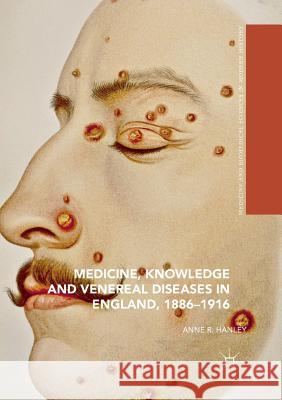Medicine, Knowledge and Venereal Diseases in England, 1886-1916 » książka
topmenu
Medicine, Knowledge and Venereal Diseases in England, 1886-1916
ISBN-13: 9783319812908 / Angielski / Miękka / 2018 / 318 str.
Kategorie BISAC:
Wydawca:
Palgrave MacMillan
Seria wydawnicza:
Język:
Angielski
ISBN-13:
9783319812908
Rok wydania:
2018
Wydanie:
Softcover Repri
Ilość stron:
318
Waga:
0.40 kg
Wymiary:
21.01 x 14.81 x 1.78
Oprawa:
Miękka
Wolumenów:
01
Dodatkowe informacje:
Wydanie ilustrowane











